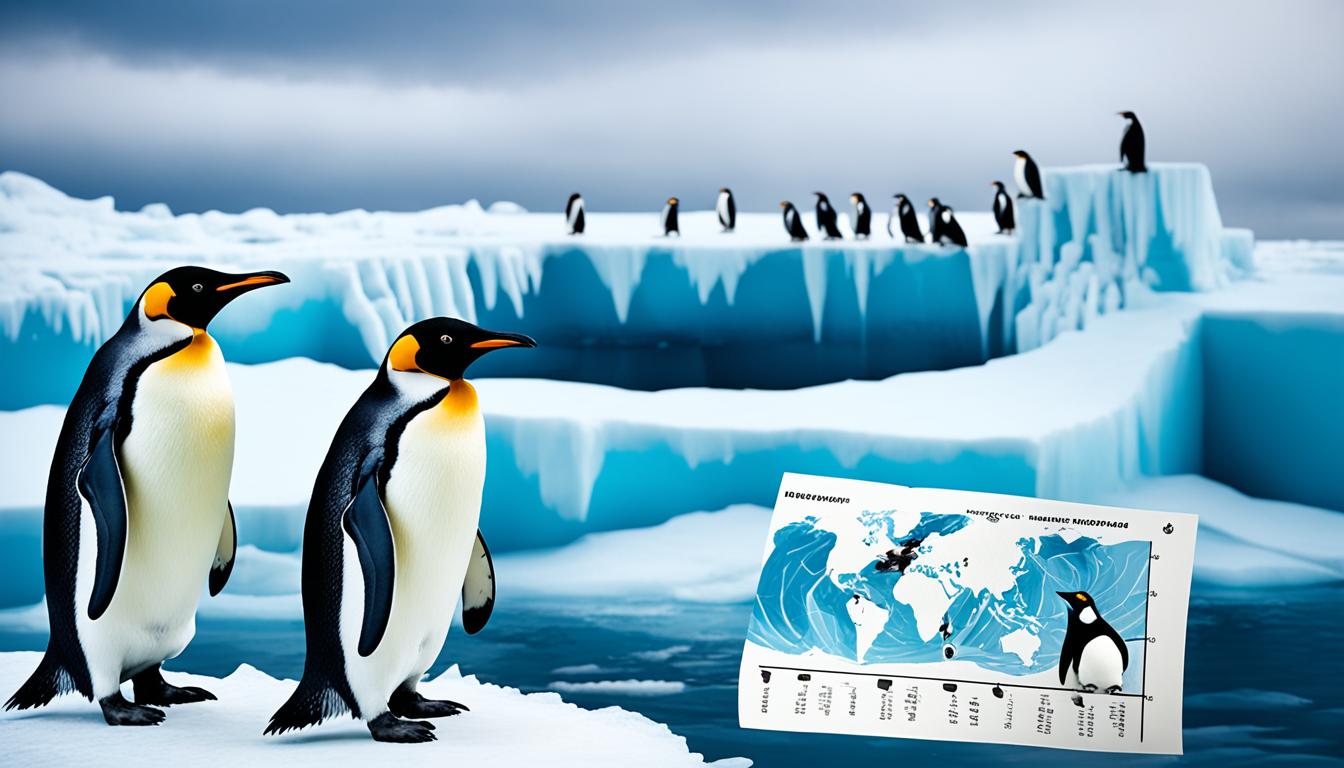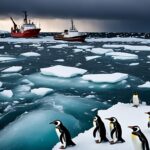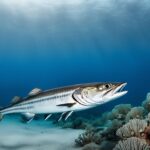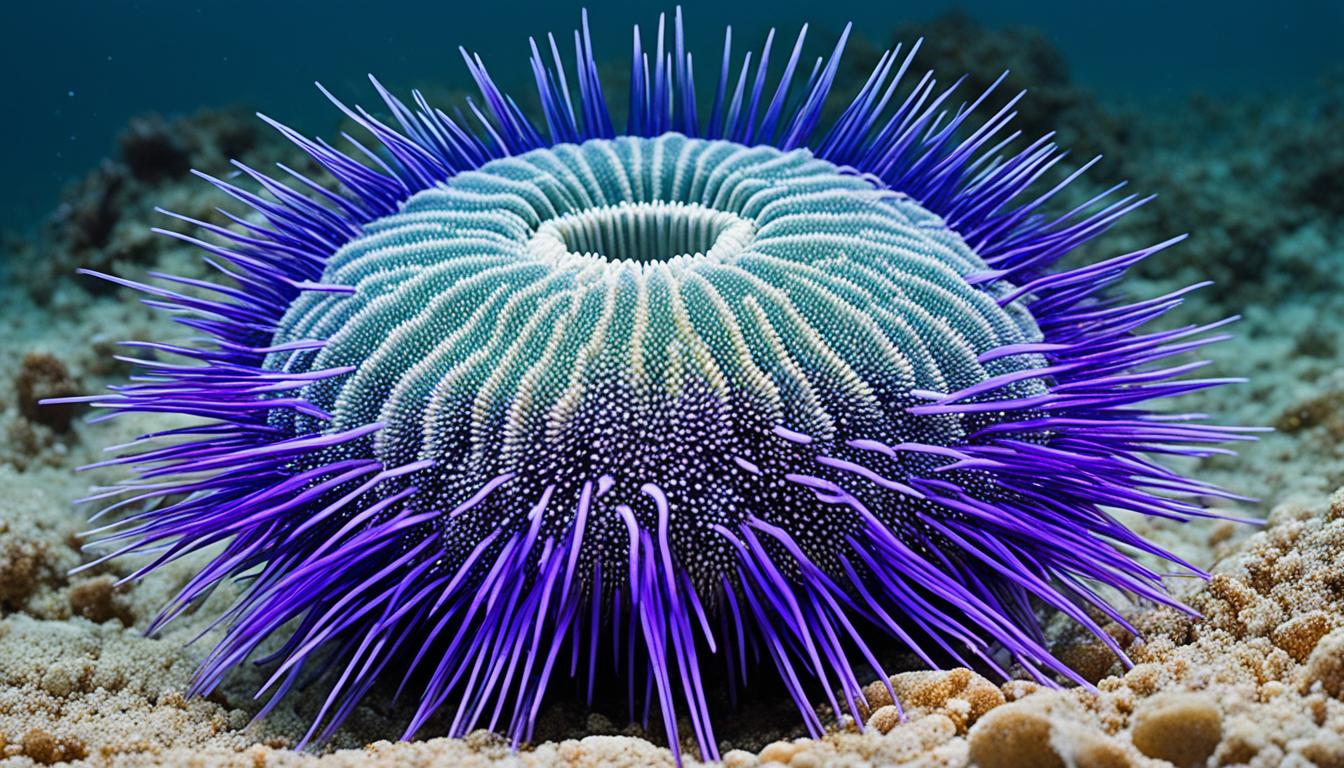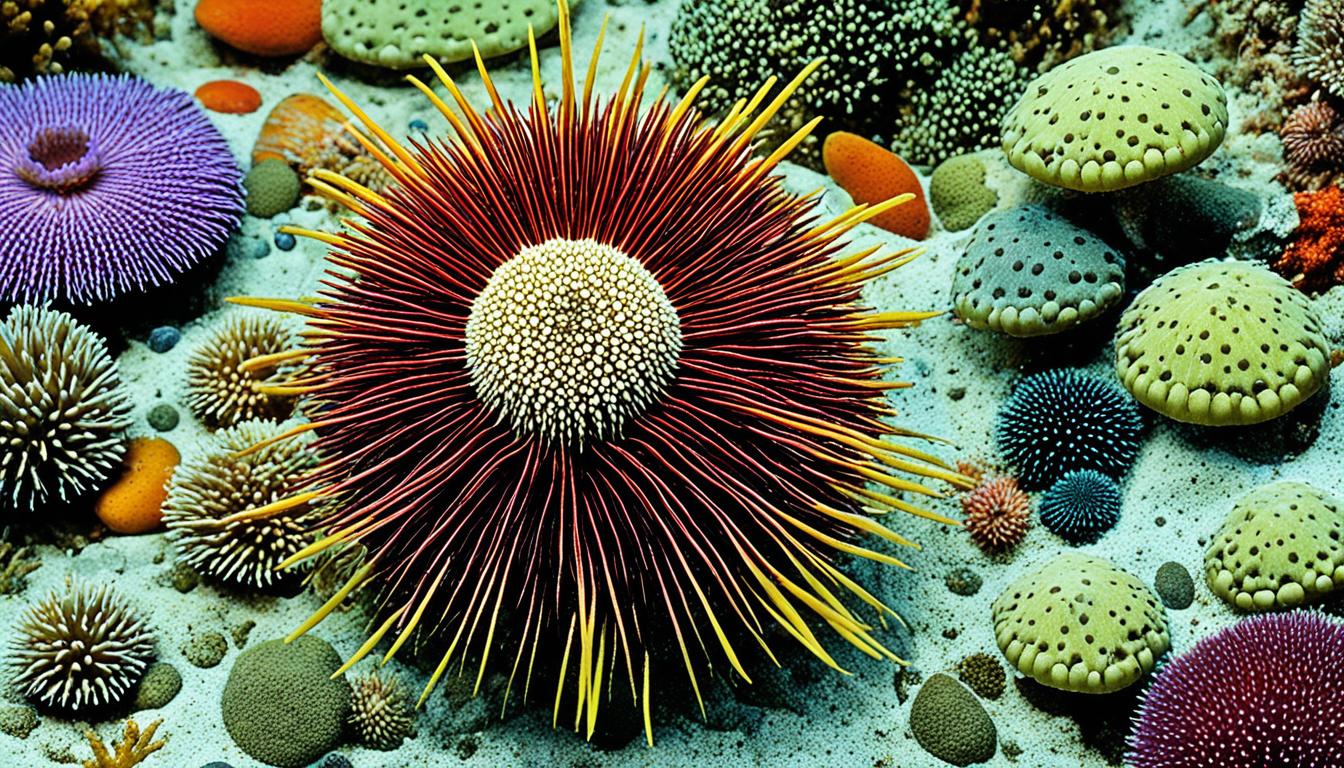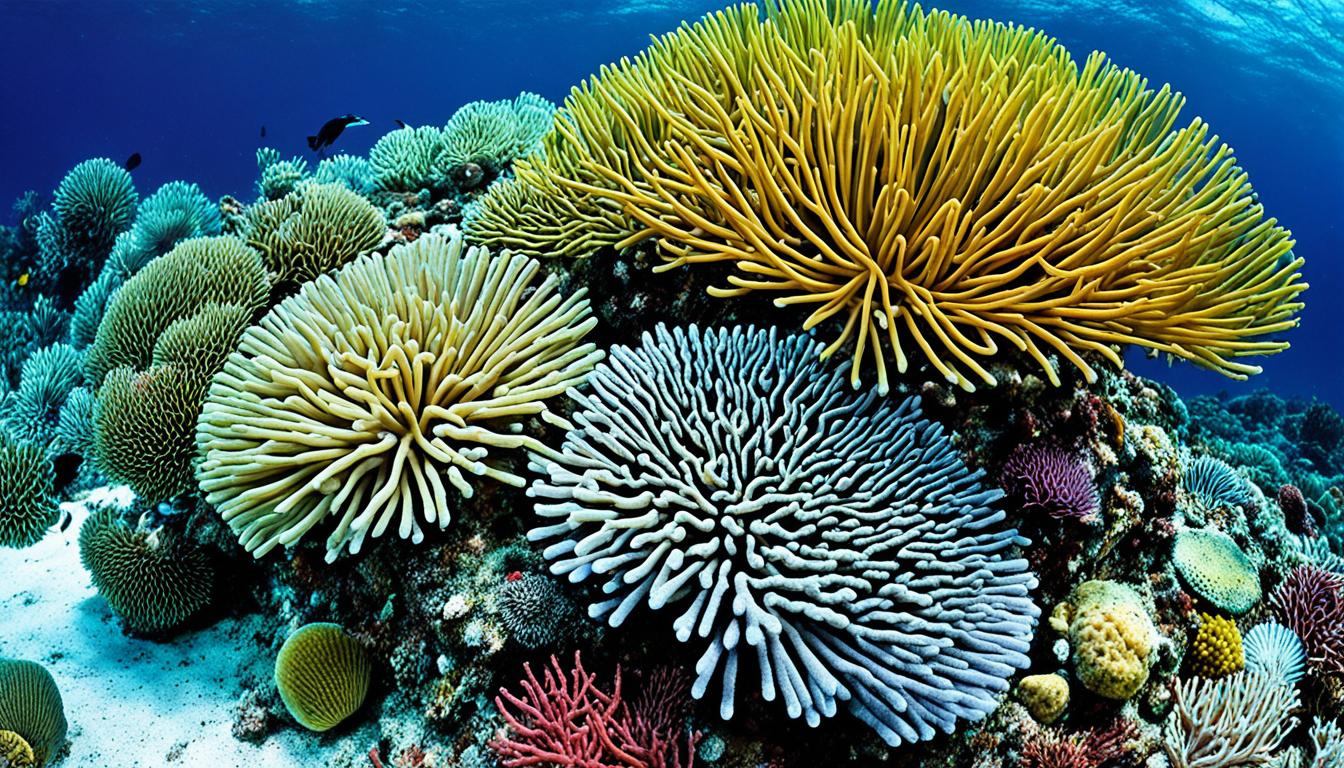As you explore the world of penguins, you might wonder: are they endangered? This question is key to understanding their conservation status and the big challenges they face. Penguins live mainly in the Southern Hemisphere and are symbols of the animal kingdom. They also show the health of marine ecosystems. Many species are in danger due to many factors like changes in the environment and human actions.
This article will give you important facts about penguins’ numbers, the threats they face, and the efforts to save them. These efforts aim to help penguins survive for many years to come.
The Current Status of Penguin Populations
Understanding the current status of penguin populations is crucial for their survival and conservation. There are 18 species of penguins worldwide. Each species has its own unique habitat and faces significant threats.
Overview of Global Penguin Species
The penguin family includes a variety of species found in the Southern Hemisphere. They live in environments from icy Antarctica to warm coastal areas. Some key penguin species are:
- Emperor Penguin
- Adélie Penguin
- King Penguin
- Magellanic Penguin
- African Penguin
This overview shows the diversity and unique traits of these birds. It also highlights the challenges they face.
Population Trends Over the Last Few Decades
The decline of penguin populations is a major concern. For example, the African penguin’s numbers have dropped by nearly 65% since 1989. Now, there are about 14,700 pairs left, down from 1.5-3 million individuals.
Factors like historical egg collection, habitat destruction, and changes in prey availability have contributed to this decline. These issues show the need for urgent conservation efforts.
| Penguin Species | Current Population (Pairs) | Population Change (%) | Key Threats |
|---|---|---|---|
| African Penguin | 14,700 | -65 | Egg collection, habitat destruction |
| Emperor Penguin | N/A | N/A | Climate change, habitat loss |
| Magellanic Penguin | 1,200,000 | N/A | Oil spills, fishing nets |
Are Penguins Endangered? Understanding the Threats
Looking into the threats that affect endangered penguin species is crucial. Species like the African and emperor penguins face big challenges. Knowing these threats helps us work on saving them.
Introduction to Endangered Penguin Species
In 2010, the African penguin was listed as endangered, showing the need for action. The emperor penguin also got protected under the Endangered Species Act. This shows how vulnerable many penguin populations are.
Exploring the threats these penguins face in their homes is important.
Key Factors Leading to Population Decline
Many things are causing penguin populations to drop. Climate change affects their marine homes. Also, fishing competition makes it hard for them to find food. And, humans destroying their homes makes things worse.
| Endangered Penguin Species | Year Listed as Endangered | Key Threats |
|---|---|---|
| African Penguin | 2010 | Climate change, habitat destruction, fishing competition |
| Emperor Penguin | 2022 | Climate change, melting ice habitats, food scarcity |
Threats to Penguin Species
Penguins face big challenges that threaten their survival. Climate change and pollution are major threats. These issues change their homes and food sources.
Climate Change and Its Impact on Penguin Habitats
Climate change is changing the places penguins live. Rising temperatures melt sea ice, which is crucial for some penguins. The emperor penguin needs this ice for breeding and finding food.
As ice melts, penguins struggle to breed and find food. They rely on krill and fish, but these are moving away due to warming oceans. This makes it harder for penguins to survive, leading to fewer penguins.
Pollution and Marine Traffic Risks
Pollution is another big problem for penguins. Oil spills can be deadly because penguins clean their feathers with their beaks, taking in toxins. Polluted waters harm their homes and the life they need to eat.
More ships at sea also bring dangers like collisions and disturbing penguins. These threats make life harder for penguins, putting them at risk.
| Threat | Description | Impact on Penguins |
|---|---|---|
| Climate Change | Melting sea ice and warming waters. | Disruption of breeding and feeding grounds. |
| Pollution | Oil spills and marine debris. | Lethal risk from ingestion and habitat degradation. |
| Marine Traffic | Increased vessel movement and risks of collision. | Disturbance of breeding sites and feeding areas. |
Penguin Population Decline: A Closer Look
The African penguin is a key example of the challenges penguins face globally. Its numbers have greatly decreased, leading to a call for action on conservation. This story shows the big issue of penguins declining in numbers that many species are facing.
African Penguins: A Case Study
Studies show a huge 73% drop in African penguin breeding pairs over 30 years. This shows the big effects of losing habitats and environmental changes. Since 2005, five African penguin colonies have vanished, showing how urgent these problems are.
Now, the African penguin population is less than 3% of what it once was. Your support for conservation efforts is crucial.
Extinction Risks for Vulnerable Colonies
Many factors put penguin colonies at risk of extinction. Small groups are more likely to face threats from predators, climate change, and environmental changes. Conservationists say we need specific actions to help, like protecting and restoring habitats.
| Year | Breeding Pairs | Population Percentage of Historical Levels |
|---|---|---|
| 1990 | 100,000 | 100% |
| 2000 | 80,000 | 80% |
| 2010 | 40,000 | 40% |
| 2020 | 27,000 | 27% |
This data highlights the worrying trend of penguins declining in numbers. It shows we need to act fast to save these amazing birds and their homes.
Conservation Efforts for Penguins
Many conservation efforts for penguins are happening worldwide. These efforts aim to protect penguins from threats. They focus on both global and local actions to help these iconic birds.
Global Initiatives and Local Actions
Global efforts are key for protecting penguins. Countries work together to create safe areas for penguins to find food. These areas help keep penguins away from human dangers.
Local actions also play a big part. People and groups work on fixing habitats and supporting sustainable fishing. They teach the public why saving penguins is important, creating a sense of responsibility.
Role of Non-Governmental Organizations in Penguin Protection
NGOs are crucial in protecting penguins. They work with governments to use resources and money well. This leads to programs that help injured or lost penguins.
Groups like the Ocean Conservancy and the World Wildlife Fund use research and advocacy for penguins. They help change policies to protect penguins, linking global and local efforts together.
| Initiative Type | Description | Examples |
|---|---|---|
| Global Initiatives | International frameworks and agreements designed to protect penguins | Establishment of marine protected areas |
| Local Actions | Community-based efforts focused on habitat and education | Public awareness campaigns, habitat restoration projects |
| NGO Involvement | Organizations that advocate and implement conservation strategies | Rescue programs, sustainable fishing policies |
Penguin Habitat Destruction and Its Consequences
Penguin habitats are under threat, which could lead to their extinction. Human actions, like building cities near the coast, harm these areas. This harm makes it harder for penguins to find places to live and feed, leading to fewer babies and more danger from predators.
Impacts of Urbanization and Human Activity
Building cities and industries near penguin homes destroys their living spaces. The noise and trash from cities scare penguins away. Also, more people mean more danger from predators, especially those brought by humans.
Habitat Restoration Projects
People are now working to fix the damage done to penguin homes. These projects aim to make safe places for penguins to live and breed. Some key projects include:
- Creating artificial nesting sites to help more penguins breed.
- Planting native plants to give shade and protect nests from harsh weather.
- Working with local people to teach them about and help protect penguins.
Working with local people is key to these projects’ success. It helps spread the word and builds a community that cares about penguins. Together, we can find ways to protect penguins and help them survive despite the dangers they face.

Future Directions for Penguin Conservation
Looking ahead, we see that saving penguins requires a mix of science and community effort. By working together, we can better understand what affects penguin numbers. Teaching people about penguins helps spread awareness and encourages local communities to care.
New tech like remote sensing and genetic monitoring is key in tracking penguins. These tools help scientists keep an eye on population changes and changes in their homes. Also, using artificial intelligence to analyze data helps predict how climate changes will affect penguins.
Policy is also crucial for penguin conservation. Laws that protect their homes and limit human impact are vital. With science, community support, and laws, we can improve the future for penguins. This approach helps these amazing birds thrive.

